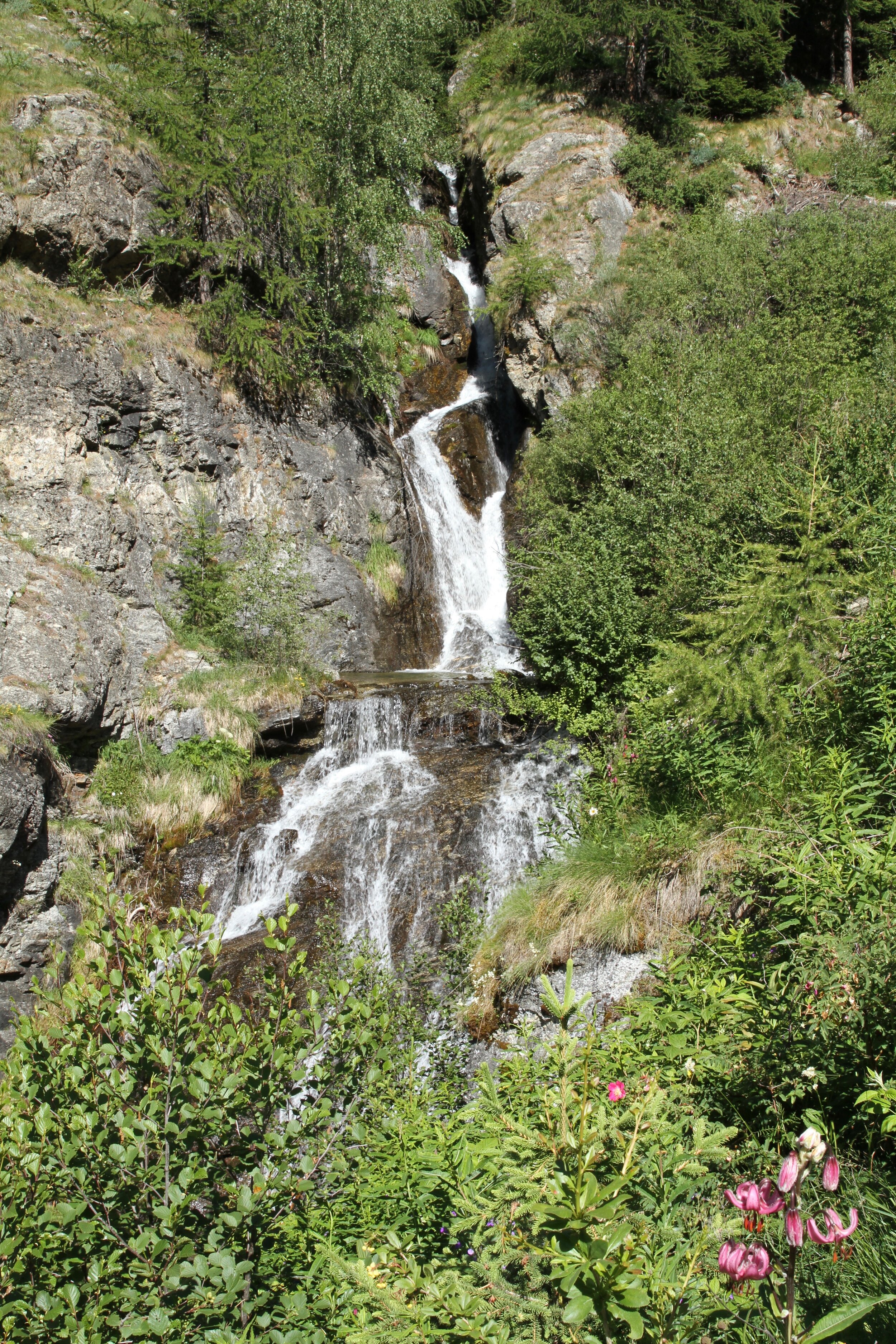Terroir Tales
“A vineyard is like a son, nurtured by a family,” muses Davide as we gaze over the quilted countryside, the hills and valley folds streaked with vines clinging to the sun-kissed earth and crested by terracotta-hued villages. “I love all that’s behind a bottle of wine, the emotions, the ideas. It’s personal. Things taste better when you know the story.” While the scene before me was captivating, it was Davide’s words that revealed the emotion behind Piemonte’s beauty.
I wanted to explore this area by getting amongst it, so I turned to wine-besotted Davide Pasquero from Terroir Selection who took me cycling through historic villages (Neive being a particular standout) and along roads coiling through steep vineyards that made my heart pound as I began to understand why these vines are still largely tended by hand – just one of the factors that allows the Barolo from these hills to be viewed by many as the Ferrari of wine.
My mind wandered whilst pedalling. As the vineyards of the Lower Langhe rolled into the hazelnut groves of the Upper Langhe, the Alps remained a constant detail upon the horizon and I mused on the treasures to be found if I extended my path through Piemonte and headed towards these distant, snow-capped peaks. is being Italy (where wander-lust and whim walk hand-in-hand), I succumbed to curiosity and, the next day, swapped my bike for a car and travelled across the Po Plain towards the siren’s song: Val d’Aosta.
Even at its mouth the mountain grandeur was awe-inspiring. Aosta Valley may be Italy’s smallest region but has its highest peaks – Monte Bianco standing as a sentinel upon the French border. Driving along what was once the ancient route linking Rome to France, I passed the Roman bridge at Pont-Saint-Martin and chariot-wheel scarred road at Donnas, but it was the town of Aosta that held the most remark- able relics. Once rivalling Rome in magnificence, well-preserved ruins and the enveloping Alps helped me imagine just how formidable Aosta must have appeared to visiting emperors passing through its Augustus Gate.
Many epochs have left their mark here. Fairytale-like castles fill the valley and atop Coteau la Tour vineyards in Aymavilles I savoured Les Crêtes wine in a medieval tower, once a king’s lodgings. Only 100 kilometres from Piemonte but a world away in terroir, the difficulty of cultivating vines on these granite slopes means Valdaostan plots are small but roots grow deep, wines such as Les Crêtes' syrah and Fumin a luscious result of this mountain mineralogy. The Charrères family who own the winery have worked these hills for generations and as I looked towards the serrated peaks, sipping wine lovingly called ‘son of the light’, I appreciated that, like Piemonte, there is fervour behind this land.
An extract from our Pathways book, which you can purchase here. Words by Angela Terrell and photographs by Liz Schaffer.




















